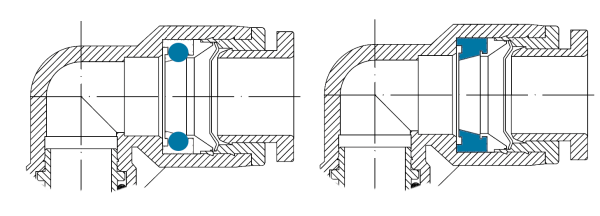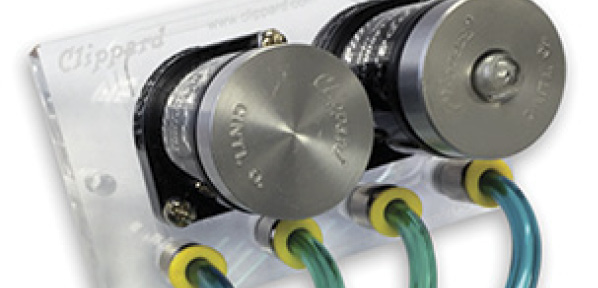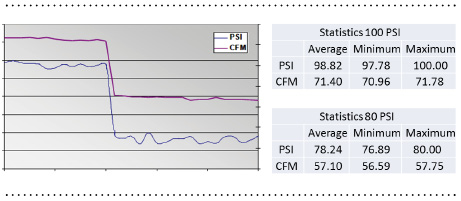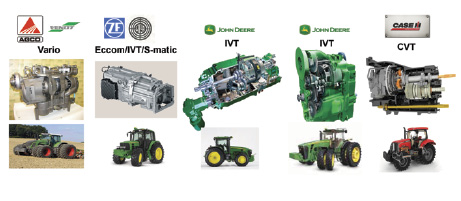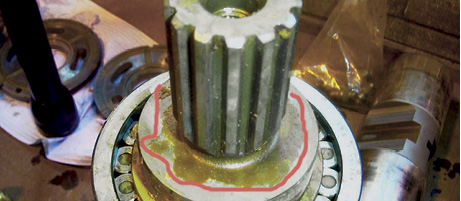Pneumatic Versus Vacuum Component Design
By Dane Spivak, Engineering Manager, Davasol Inc. A pneumatic system is defined as an application that uses a positive pressure gas to perform an operation. A …
How to Design an Efficient Air Logic System
A Step-by-step Approach That Takes the Guesswork Out of Pneumatic Control By Mike Kettering, Technical Sales, Clippard Electronics have been a dominant control …
Designing a Reliable and Efficient Vacuum System
By Mike Tuohey, Sales & Marketing Communications Manager, Piab USA Inc. A vacuum system is made up of more than a pump, and its design is dependent on the …
Benefits of Designing Hydraulic Equipment with Hydraulic Cylinders Per ISO Standards
By Lido Boni, Past Convenor, ISO TC 131/SC3/WG1 Hydraulic Cylinders There are four main ISO standards for mounting dimensions related to hydraulic cylinders. …
Next-Generation Aerospace Sensors Respond to New Demands
The advent of advanced composite materials used in constructing aircraft, along with the push to reduce costs of operation, have resulted in significant …
Design Considerations for a More Efficient Power Unit Circuit
You’ve determined the power requirement for the next generation of your machine, and you’re ready to size the cooling circuit to achieve optimum energy …
Designing and Building a Machine for Energy Conservation
(and Convincing a Customer it is Worth it!) Machine builders and their customers are often at odds over machine pricing and how to address the costs associated …
An Introduction to Hydro-Mechanical Transmissions
Fuel cost and the fuel-saving characteristics of continuously variable transmissions (CVTs) have increased the pressure to provide CVT capability to larger and …
Analysis of a Hydraulic Oil Failure
I recently conducted failure analysis and a reliability audit on a 300-kilowatt (400-hp) hydrostatic transmission. This hydraulic system was running a …

